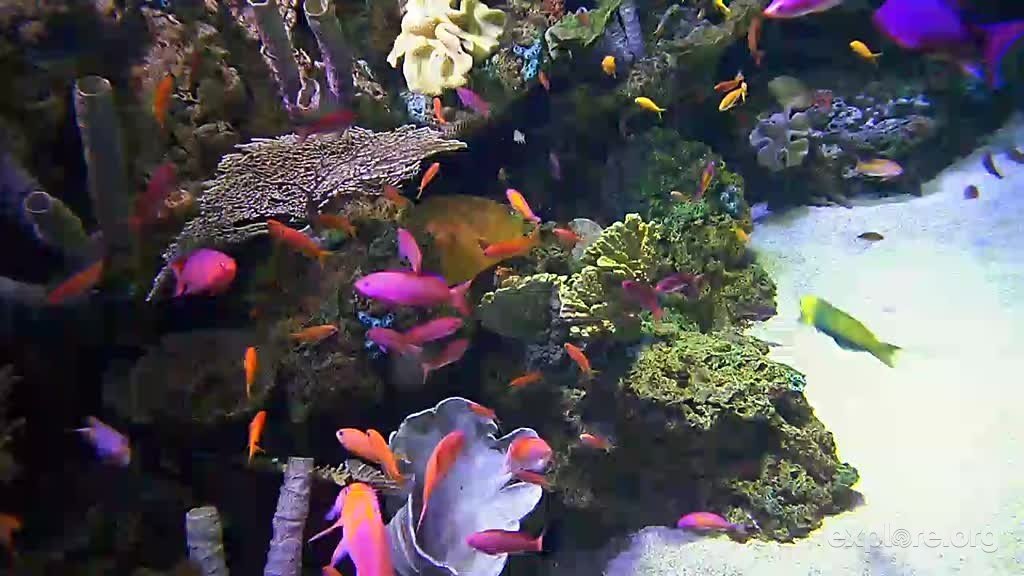Some wonder how the zebra got its stripes. We wonder how the fish got its colors.
“Since fish eyes can be equipped completely different from human eyes, it’s something of a guess to figure out what they see when they look at their neighbors on the reef. And while they may look pretty to us, we’re not, as they say, the intended audience. In fact, if we think they’re pretty, and colorful, and all that, well, it may just be a happy coincidence,” (DTMag).
Gil Rosenthal, assistant professor of biology at Texas A&M University, says, “It’s something we don’t, as scientists, fully understand, or come close to understanding,” he says. “It’s just such a beautiful part of nature that we don’t have an easy explanation for.”
While mostly a mystery, like other animals the fish’s colors and patterns are probably some combination of a “means of communication, mate selection, and predator avoidance.”
One was first considered by Alfred Russel Wallace, a less-known but equally significant contemporary of Charles Darwin in the 19th century. Wallace suggested that the bright colors worn by reef fish may actually help them hide in an equally colorful environment. While fish are pink and green and purple and blue, so are the corals, sponges and other parts of the visually complex background behind them. “He said, well, these colors might actually have a protective function — they might actually function like camouflage in a sense against these heterogeneous backgrounds,” Rosenthal says.
The other idea is one developed by biologist Konrad Lorenz in the mid-20th century. He suggested that fish are conspicuously colored to help them identify their own species in the crowded reef environment, where there is direct competition between not only other species, but also members of their own. (Read more on the science of fishy colors at DTMag)
Whatever the reason, we like it. You can see more on the Tropic Reef, Blue Cavern and Cayman Reef Live Cams.



